Early 1950 Pelikan 400 with a 18Ct Gunther Wagner friction nib
-
Forum Statistics
352.6k
Total Topics4.6m
Total Posts -
Member Statistics
125,710
Total Members2,522
Most OnlineNewest Member
Hellkat42
Joined -
Images
-
Albums
-
gweimer1 gallery
- By gweimer1,
- 0
- 2
- 5
-
lot3
- By theodore94,
- 0
- 0
- 3
-
Lam1 Album
- By Lam1,
- 0
- 0
- 9
-
March- April -2024
- By yazeh,
- 0
- 0
- 87
-
Extra Fine Nib Ink Reviews (17 of n)
- By LizEF,
- 0
- 52
- 52
-



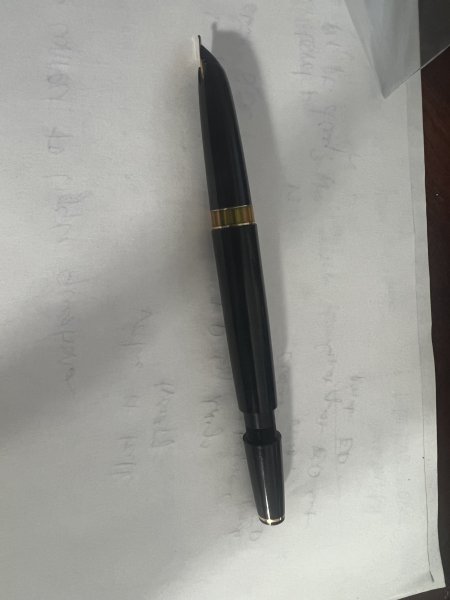
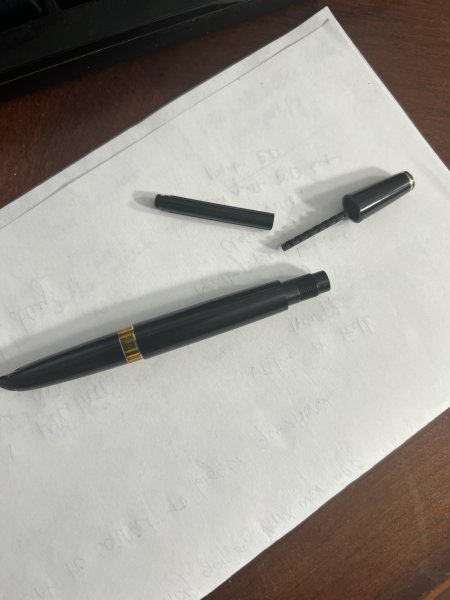
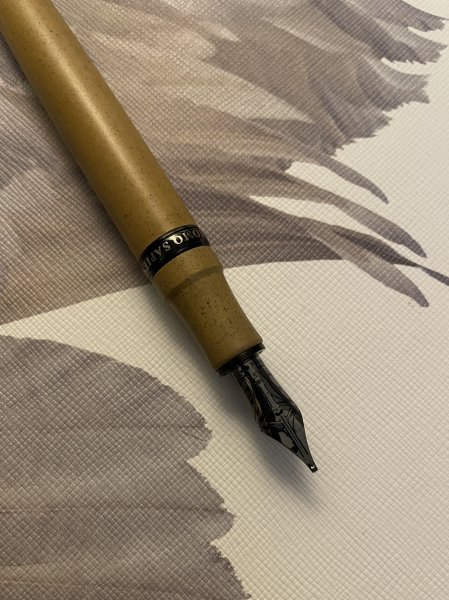
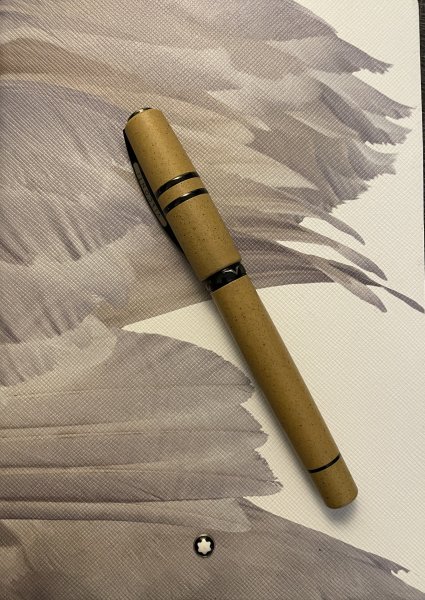
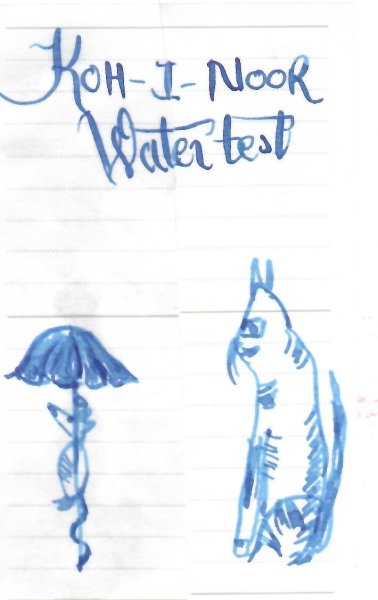
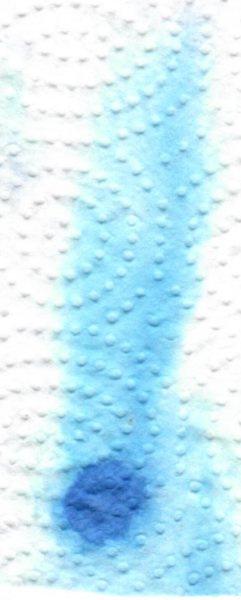
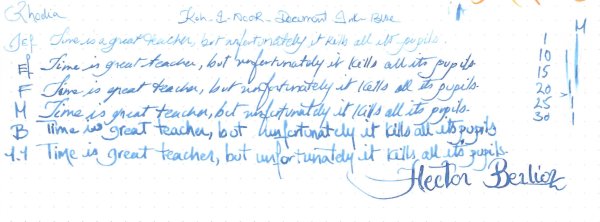
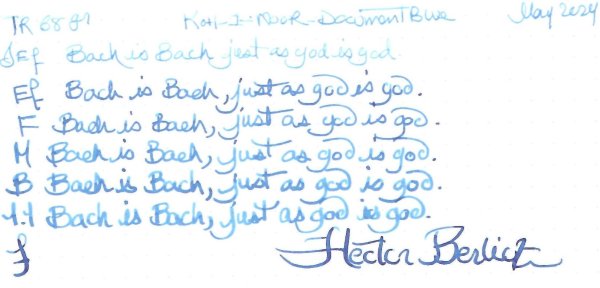
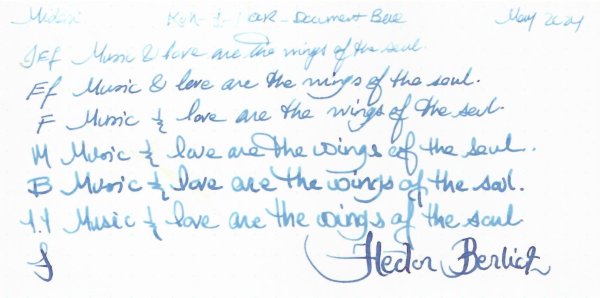

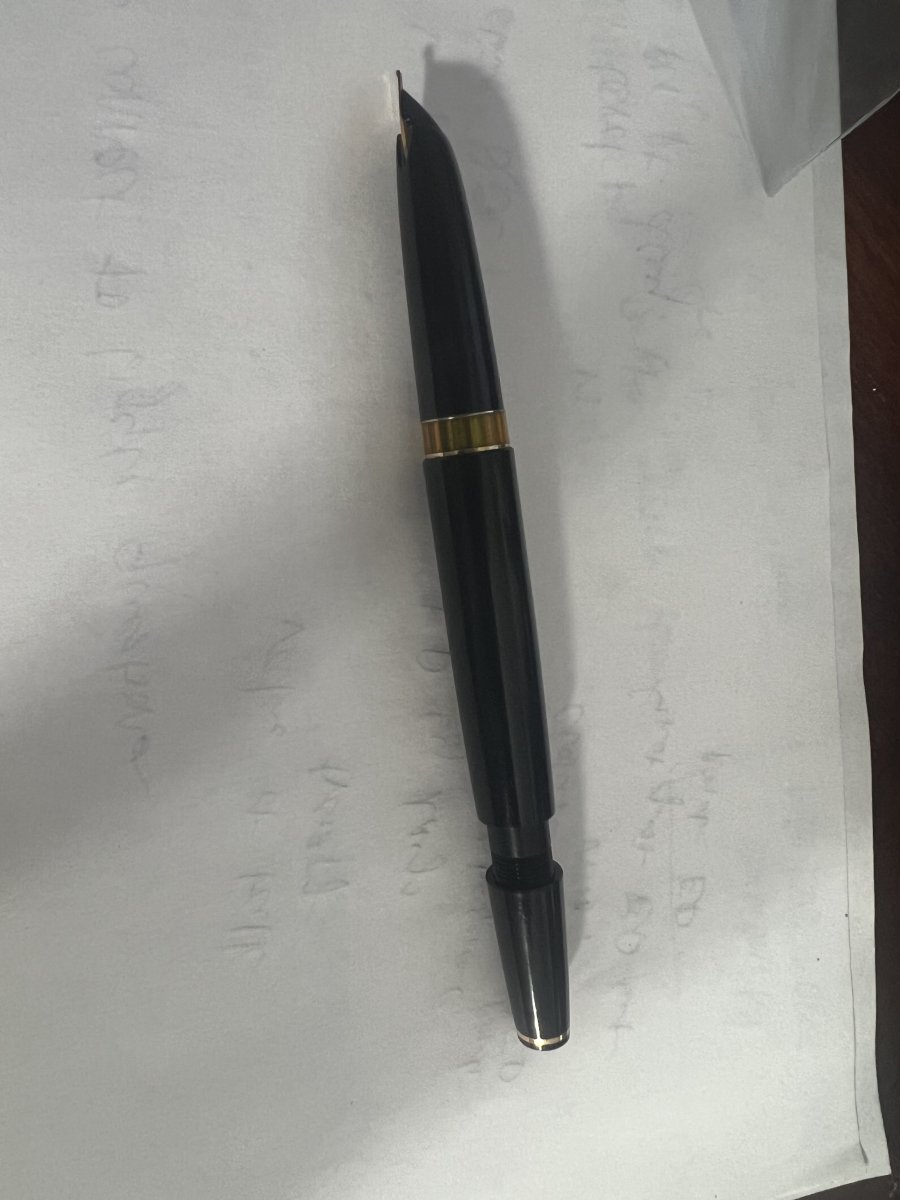
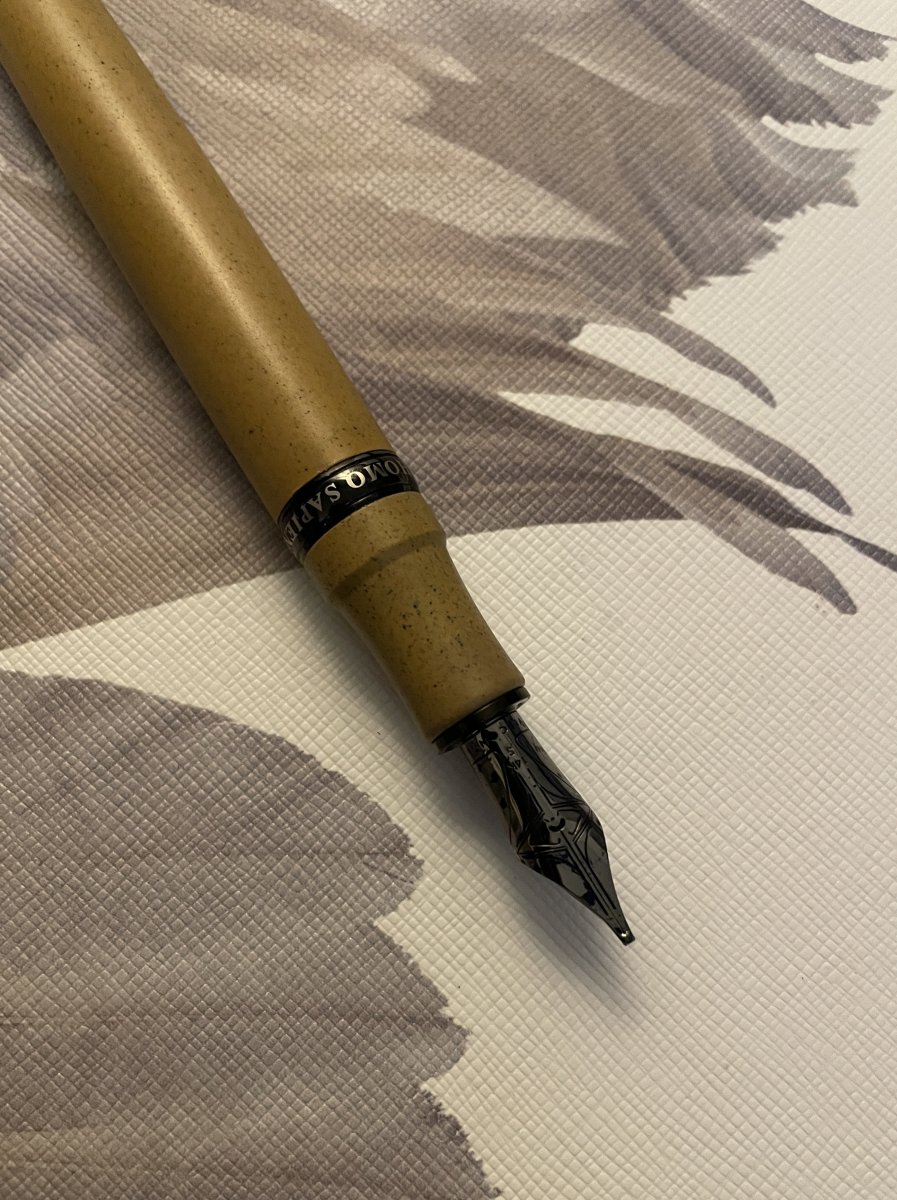
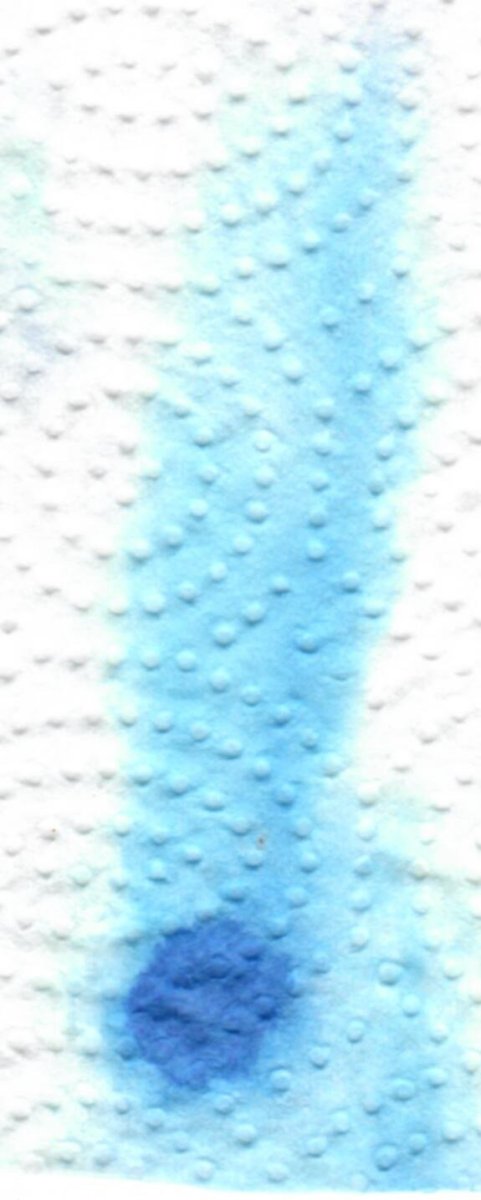


.thumb.jpg.f07fa8de82f3c2bce9737ae64fbca314.jpg)




desaturated.thumb.gif.5cb70ef1e977aa313d11eea3616aba7d.gif)





Recommended Posts
Create an account or sign in to comment
You need to be a member in order to leave a comment
Create an account
Sign up for a new account in our community. It's easy!
Register a new accountSign in
Already have an account? Sign in here.
Sign In Now